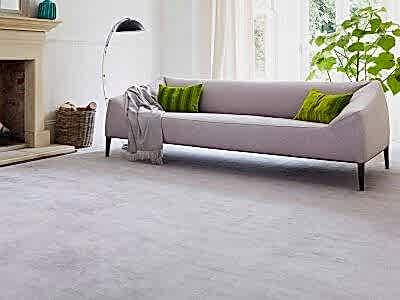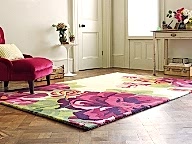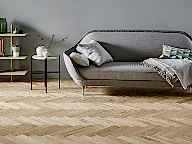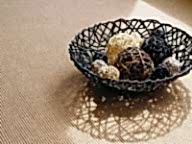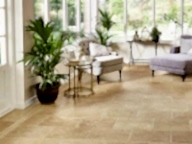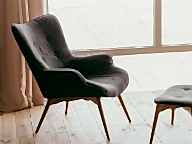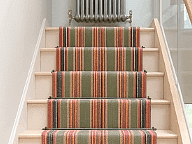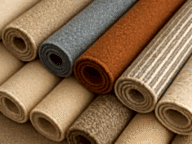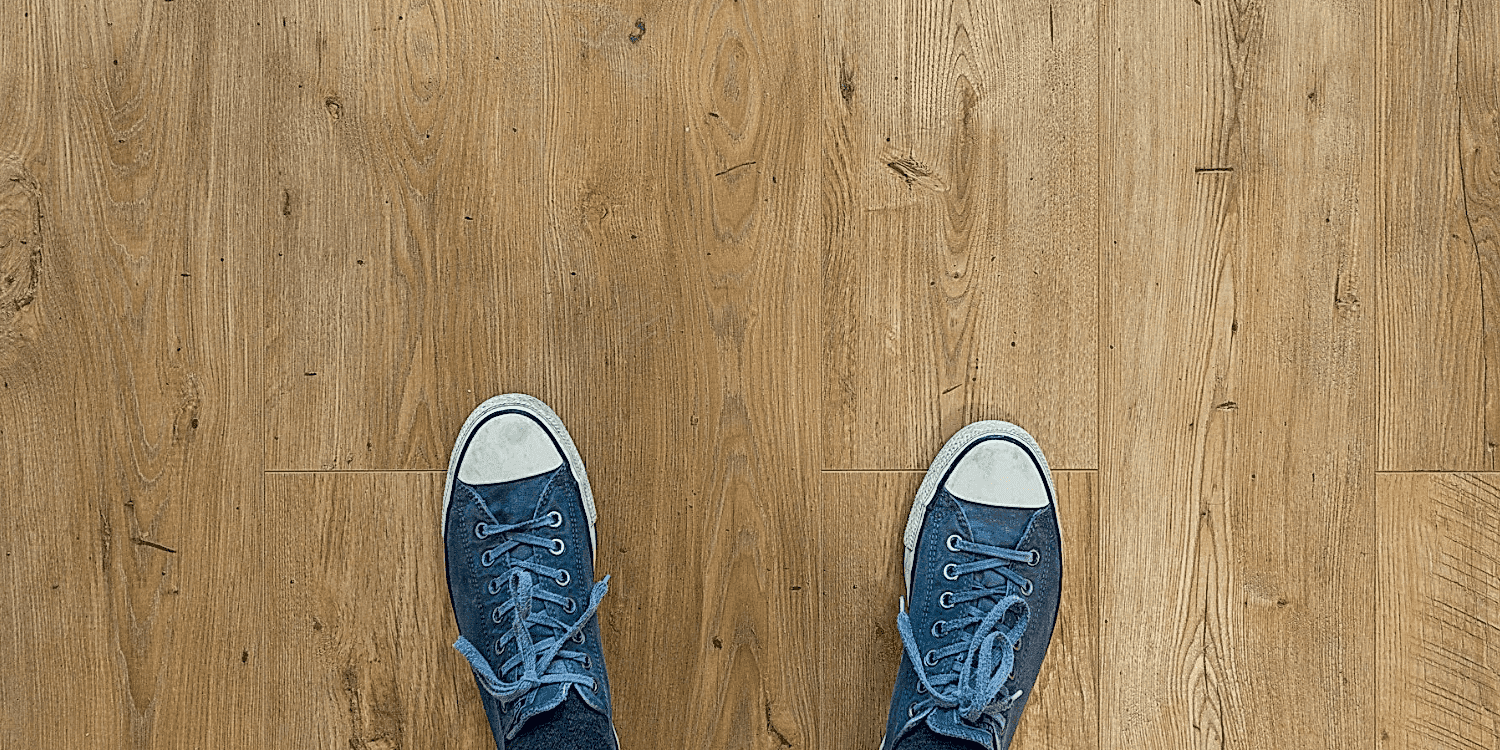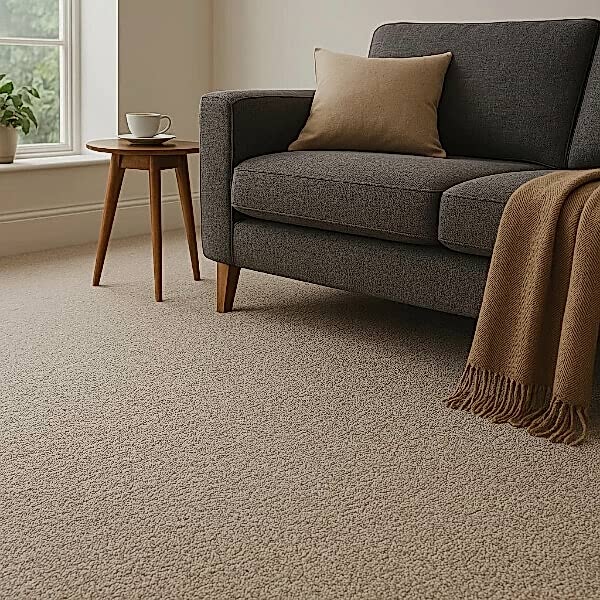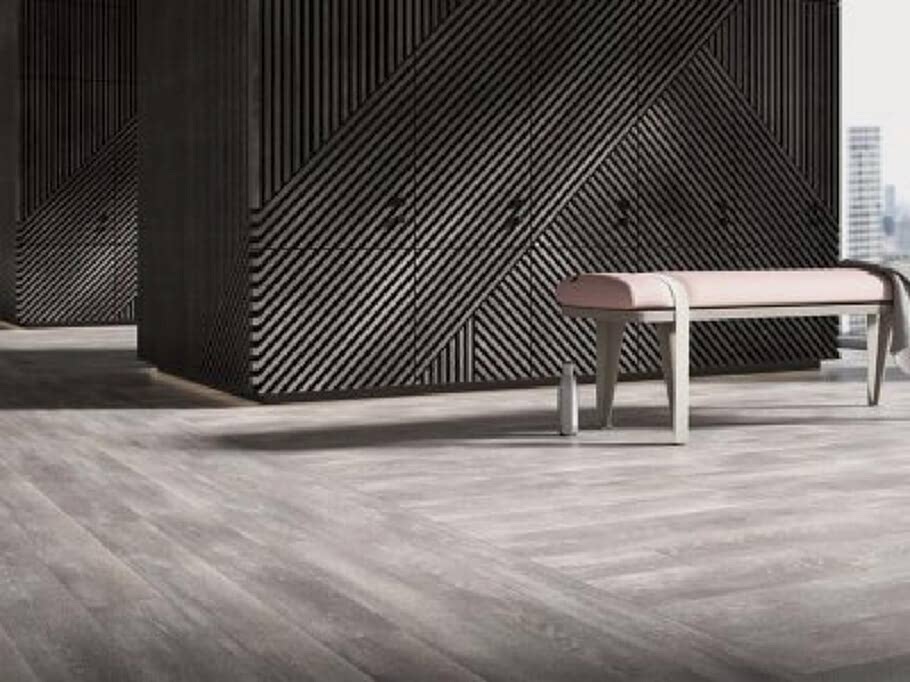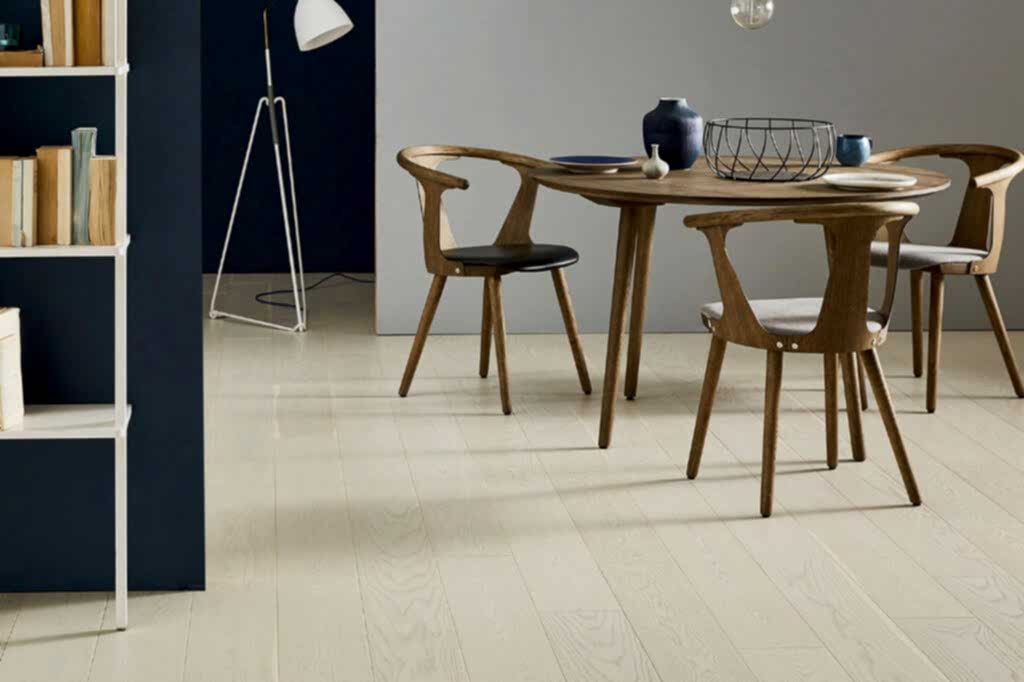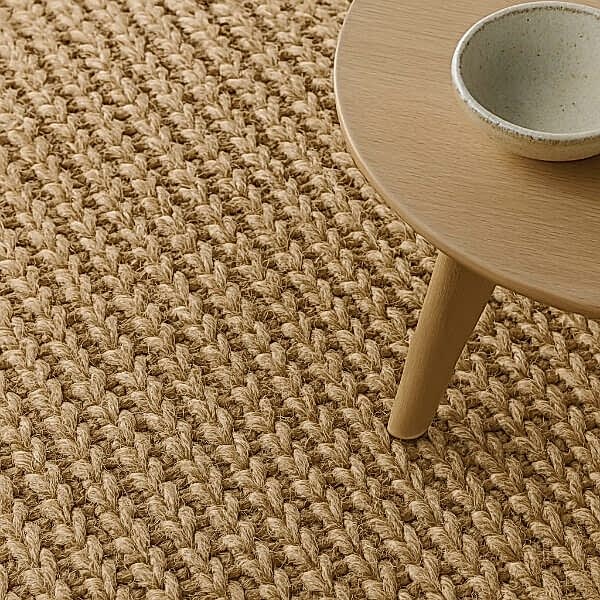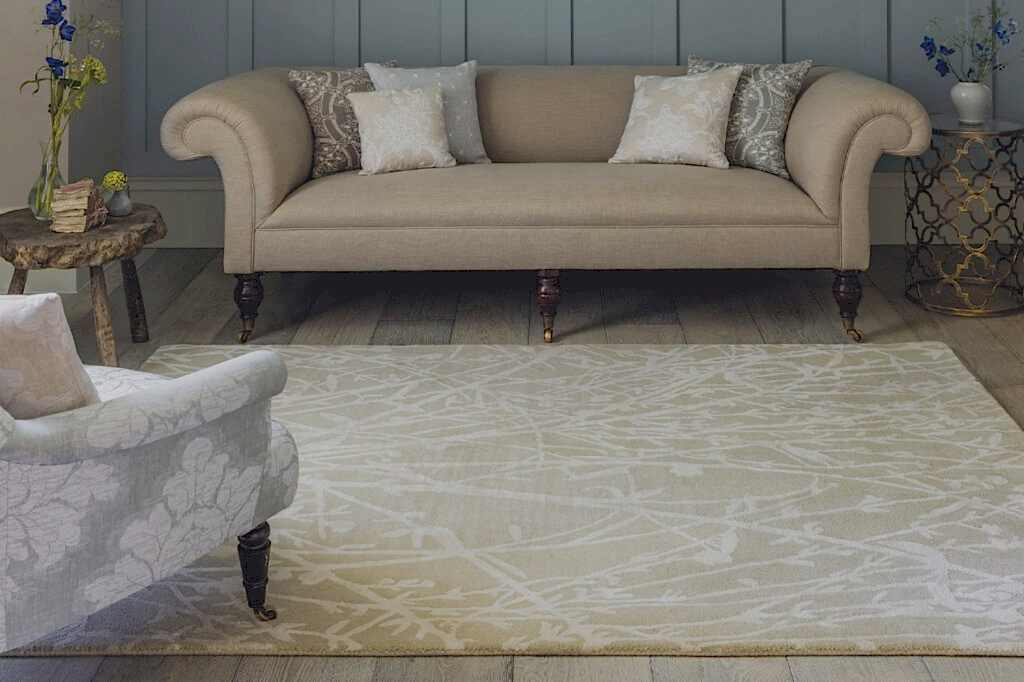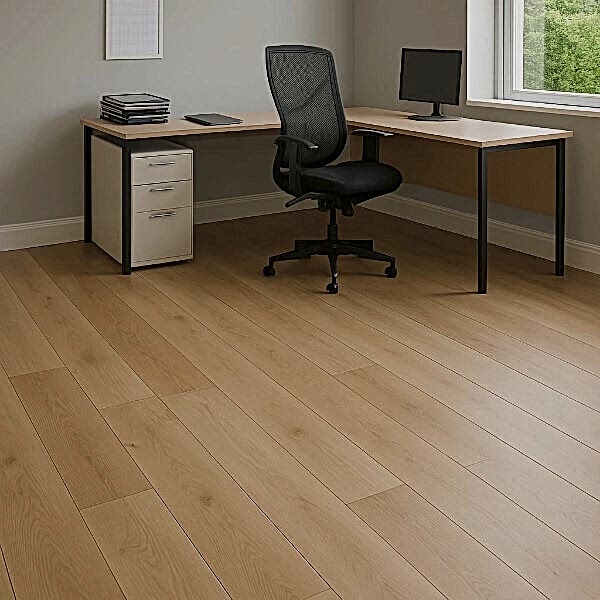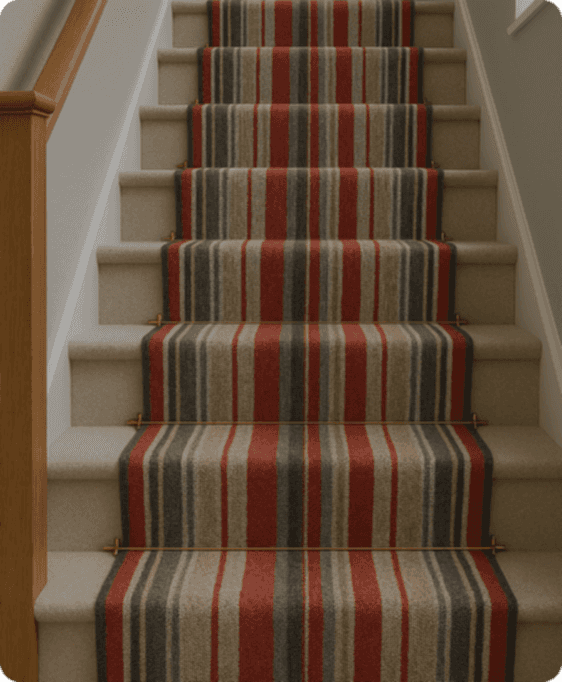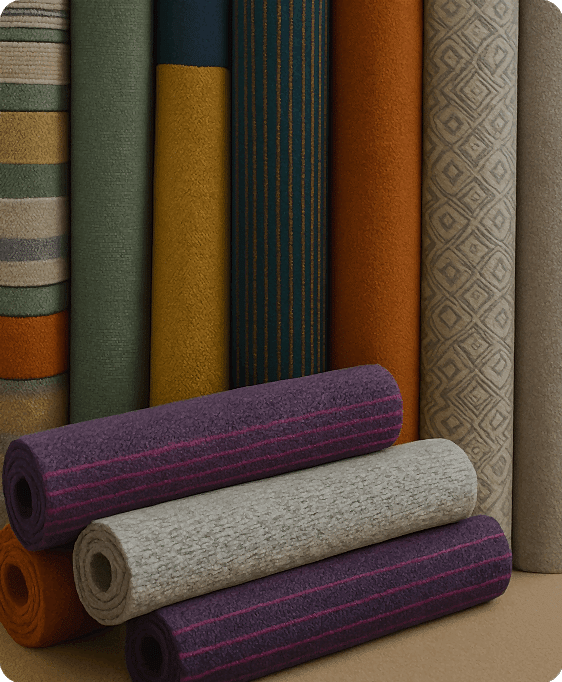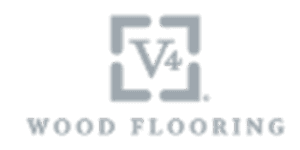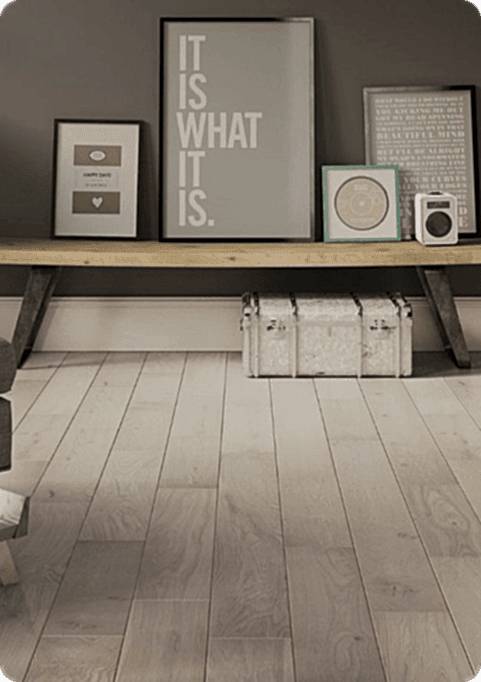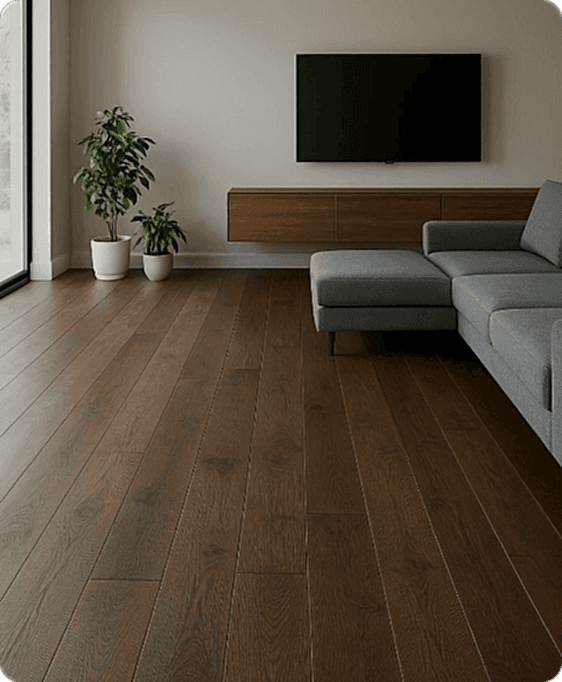Table Of Contents
When it comes to flooring, few options combine elegance, practicality, and long-term performance quite like hard floors. From wood and stone to laminate and luxury vinyl, hard flooring offers homeowners a versatile foundation that can elevate any living space.
Whether you want the warmth of natural wood, the sleekness of smooth finishes, or the resilience of modern composites, hard floors are a smart investment for both style and function.
What Do We Mean by “Hard Floors”?
“Hard flooring” is an umbrella term covering a wide variety of materials that share one key trait: durability. Unlike carpets, which are soft underfoot, hard floors are built to withstand heavy use, making them ideal for high-traffic areas and homes with busy family life.
Popular options include:
- Solid and Engineered Wood – Timeless, natural, and warm.
- Laminate – Affordable, versatile, and easy to maintain.
- Luxury Vinyl Tiles (LVT) – Stylish, moisture-resistant, and highly practical.
- Stone and Tiles – Hard-wearing and classic, with a cool, sophisticated feel.
The Key Benefits of Hard Floors
1. Durability That Lasts
Hard floors are designed to take daily wear and tear in their stride. With proper care, wood and stone floors can last decades, while modern laminates and LVTs resist scratches, dents, and stains.
2. Easy Maintenance
Spills, dirt, and dust are quickly wiped away, making hard floors an excellent choice for families with children or pets. Unlike carpet, there’s no need for deep cleaning, just regular sweeping and mopping.
3. Style Versatility
From rustic oak planks to sleek stone-effect tiles, hard floors come in endless styles. They can complement traditional interiors just as well as ultra-modern designs.
4. Hygienic and Allergy-Friendly
Hard floors don’t trap dust, pollen, or pet hair the way carpets do, making them a healthier option for allergy sufferers.
Choosing the Right Hard Floor for Your Home
Each type of hard flooring has its own advantages, so the best choice depends on your lifestyle, budget, and taste.
- Wood Flooring
- Solid wood is classic and can be sanded and refinished multiple times.
- Engineered wood offers greater stability and works well with underfloor heating.
- Laminate Flooring
Affordable and durable, laminate mimics the look of wood or stone at a fraction of the price. It’s a great option for busy areas like hallways. - Luxury Vinyl Tiles (LVT)
Highly resilient, waterproof, and available in countless designs, LVT is perfect for kitchens, bathrooms, and open-plan living spaces.
- Stone and Tiles
Ideal for achieving a high-end finish, stone or ceramic tiles are long-lasting and great in warm climates but can feel cooler underfoot.
Hard Floors by Room: Practical Inspiration
Living Rooms
Wood or LVT provides warmth and a welcoming feel, while still being easy to clean.
Kitchens and Dining Areas
Opt for waterproof options like LVT, vinyl, or tiles, durable enough to handle spills and high traffic.
Hallways
Laminate or stone works well in these busy areas, resisting scuffs and dirt from shoes.
Bedrooms
Engineered wood offers comfort and natural beauty, paired with rugs for softness.
Bathrooms
Stick to waterproof options such as LVT, vinyl, or tiles for moisture protection.
Maintenance Tips for Hard Floors
Looking after hard floors is simple but helps preserve their beauty for years to come:
- Sweep or vacuum regularly to remove grit that could cause scratches.
- Wipe spills promptly to prevent staining or water damage.
- Use felt pads under furniture to avoid dents or scuffs.
Consider refinishing wood floors when they start to lose their shine.
Conclusion
Hard floors strike the perfect balance between durability and design. They bring timeless style to a home while standing up to everyday life. Whether you love the warmth of natural wood, the practicality of vinyl, or the cool elegance of stone, there’s a hard floor to suit every lifestyle and budget.
Investing in hard flooring means investing in a foundation that not only looks good today but will continue to enhance your home for years to come.


